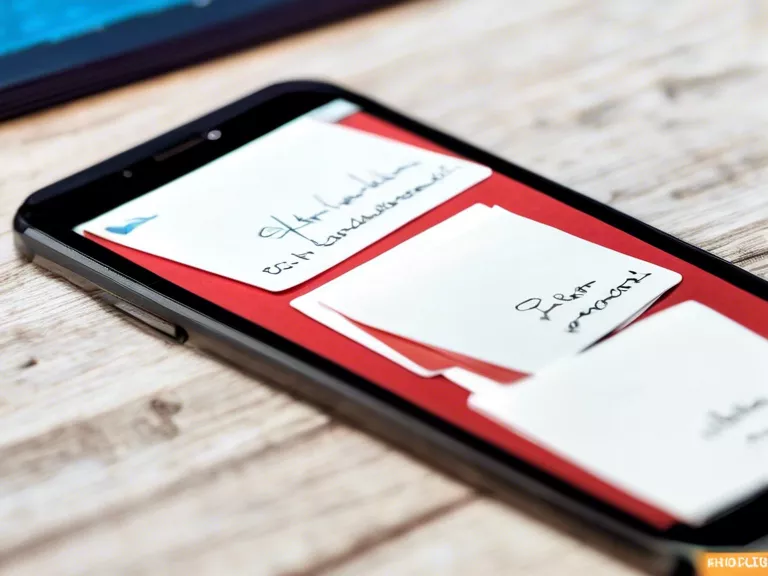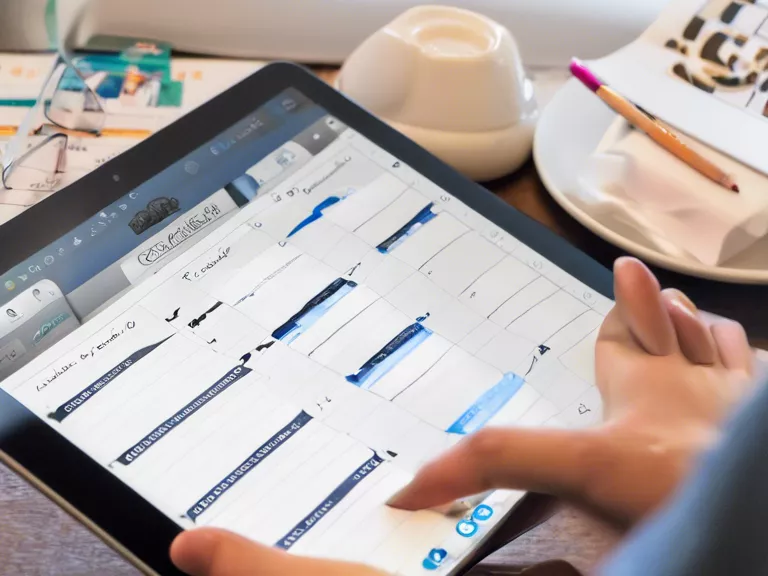
Flashcards are a popular tool for memorization and retention of information. With technological advancements, flashcard apps have become a more convenient and efficient way to study. In this article, we will explore how to use flashcard apps effectively to enhance your learning experience.
Benefits of Flashcard Apps
Flashcard apps offer several advantages over traditional paper flashcards. They allow for easy creation of digital flashcards with multimedia elements such as images and audio. Additionally, they provide features like spaced repetition, which helps optimize the timing of reviewing cards based on your individual learning progress.
How to Use Flashcard Apps
- Create Engaging Cards: Use images, diagrams, and audio to make your flashcards more engaging and memorable.
- Organize into Decks: Group your flashcards into decks based on topics or subjects for better organization.
- Utilize Spaced Repetition: Take advantage of the spaced repetition feature to review cards at optimal intervals for improved retention.
- Study Regularly: Set aside dedicated time each day to study your flashcards consistently for better results.
- Track Progress: Monitor your progress through the app's analytics to identify areas that need more focus.
Popular Flashcard Apps
There are several flashcard apps available for both iOS and Android devices. Some popular options include Anki, Quizlet, and StudyBlue. These apps offer a range of features to suit different learning styles and preferences.
In conclusion, flashcard apps are a valuable tool for effective memorization and retention. By utilizing multimedia elements, organizing cards strategically, and incorporating spaced repetition, you can enhance your learning experience and improve your retention of information.



